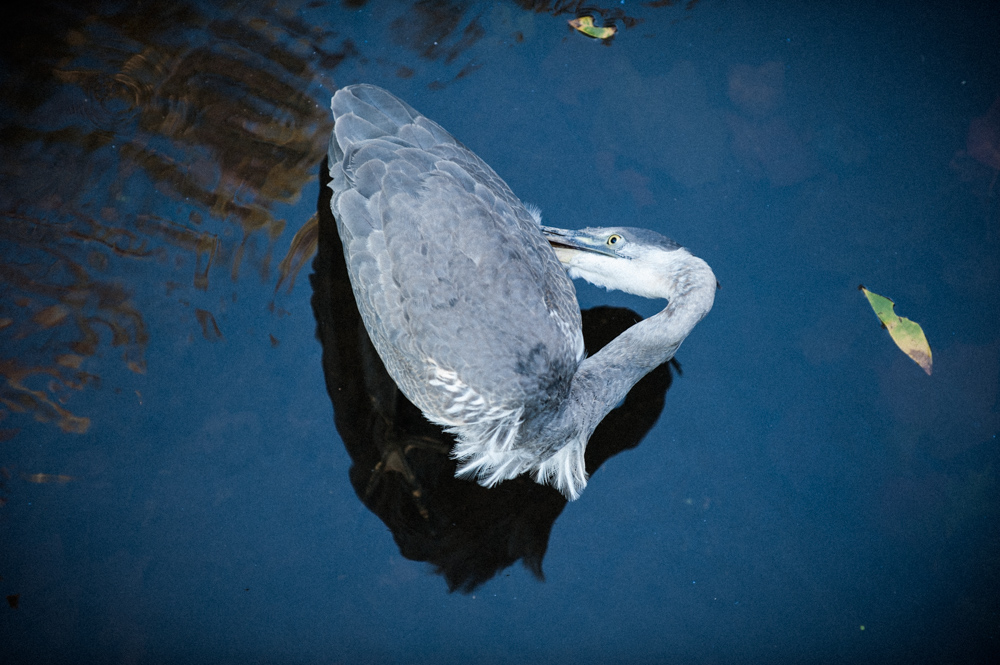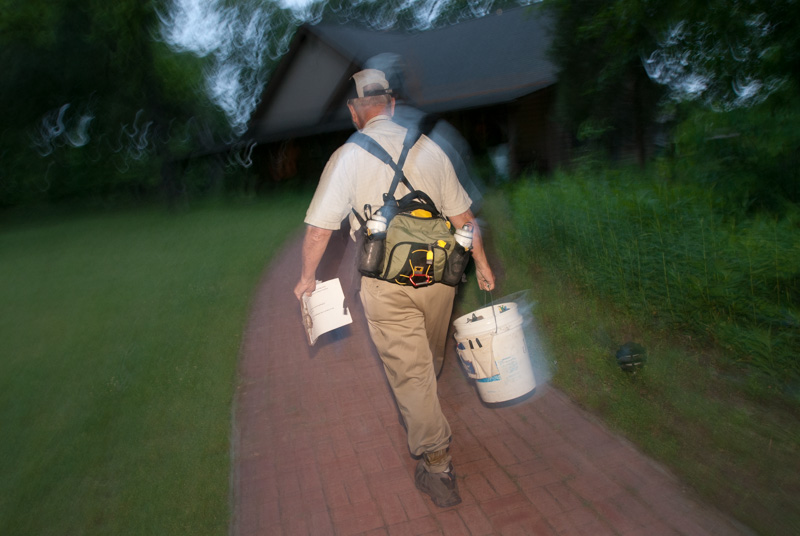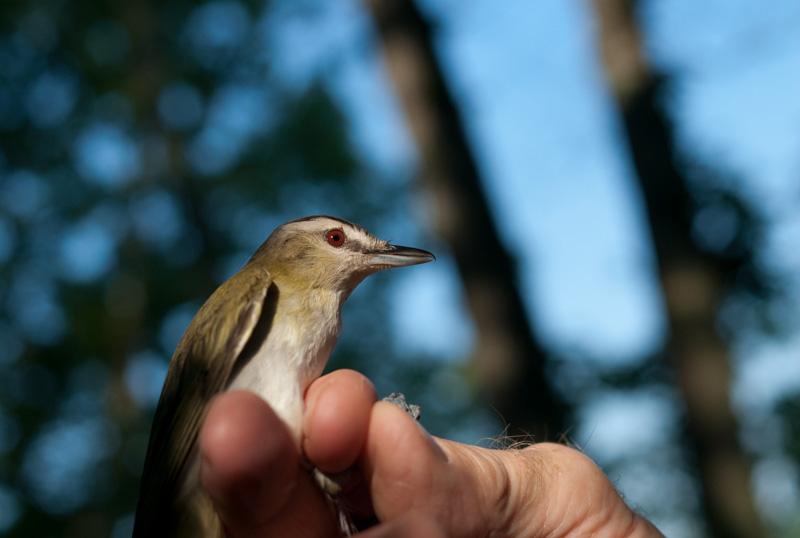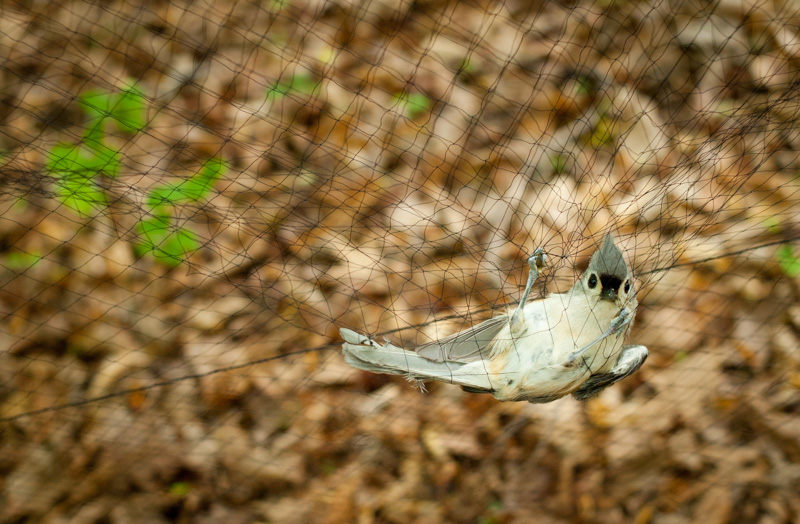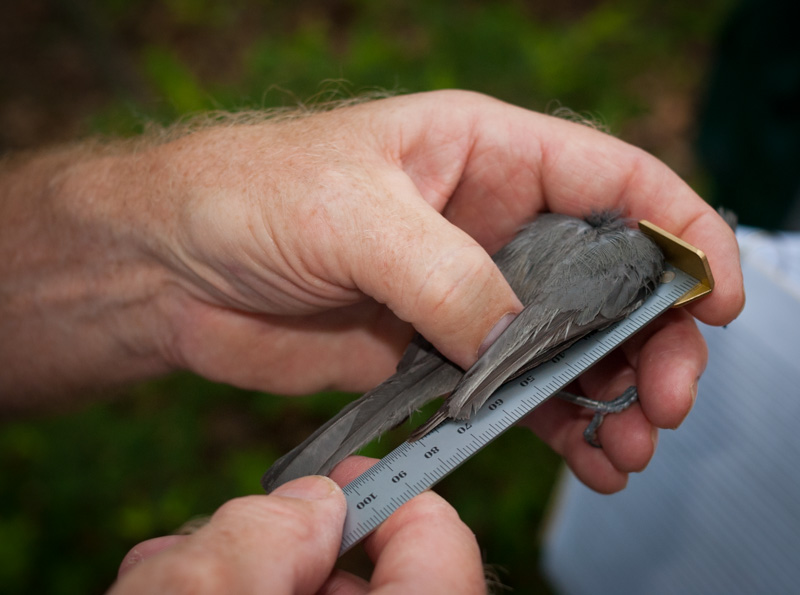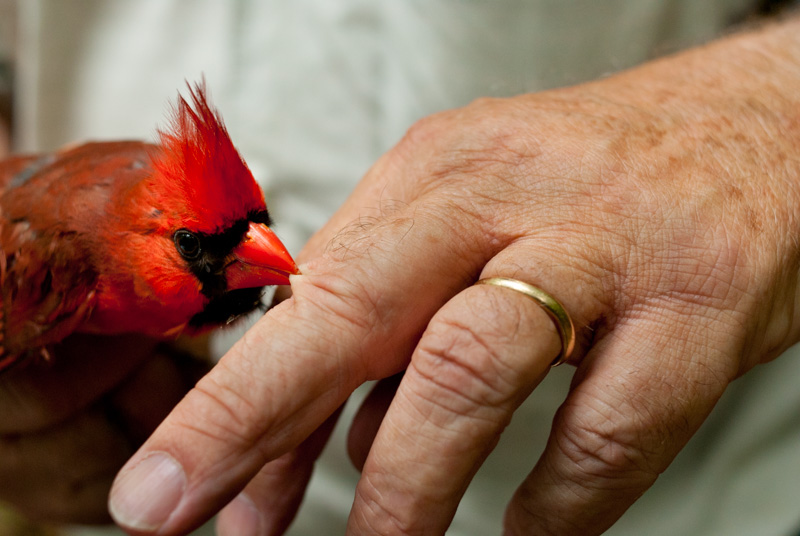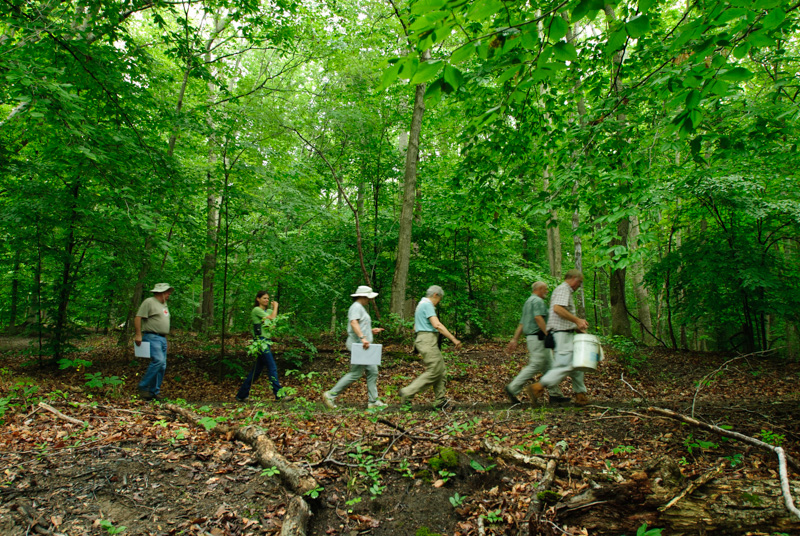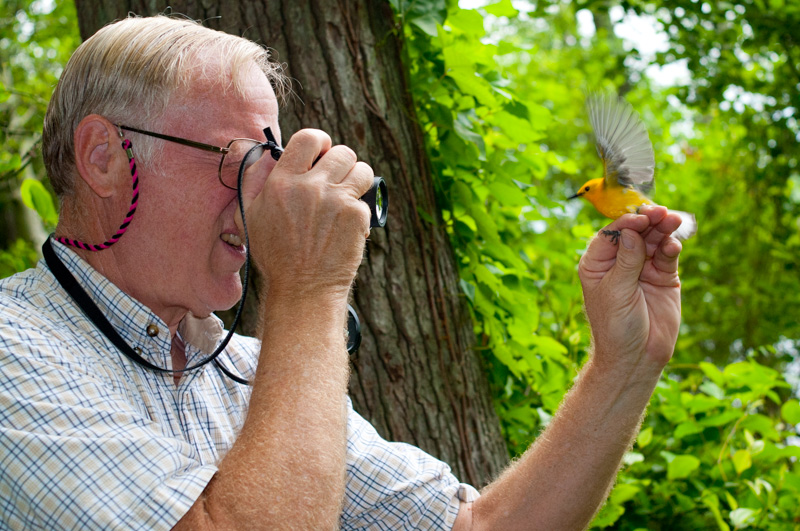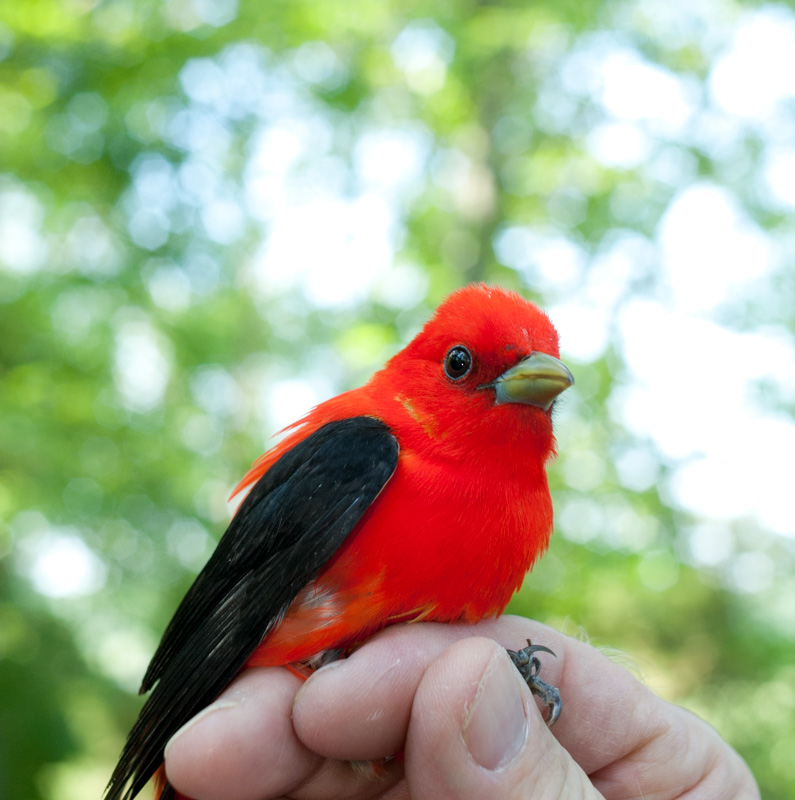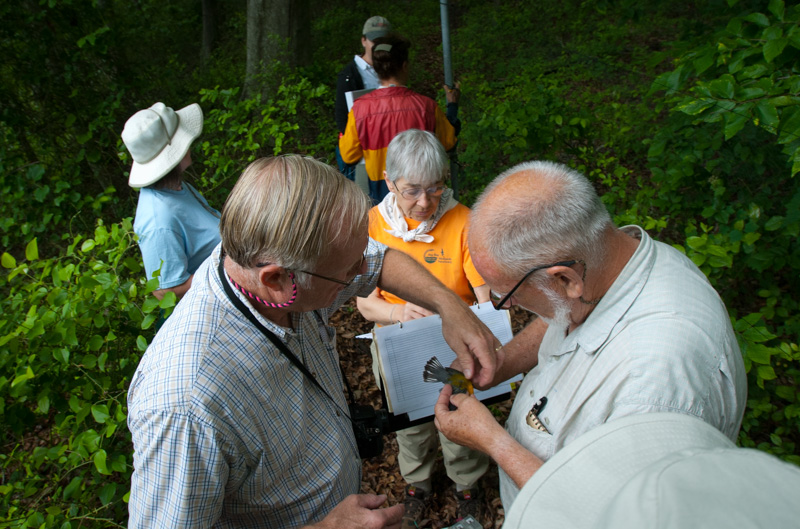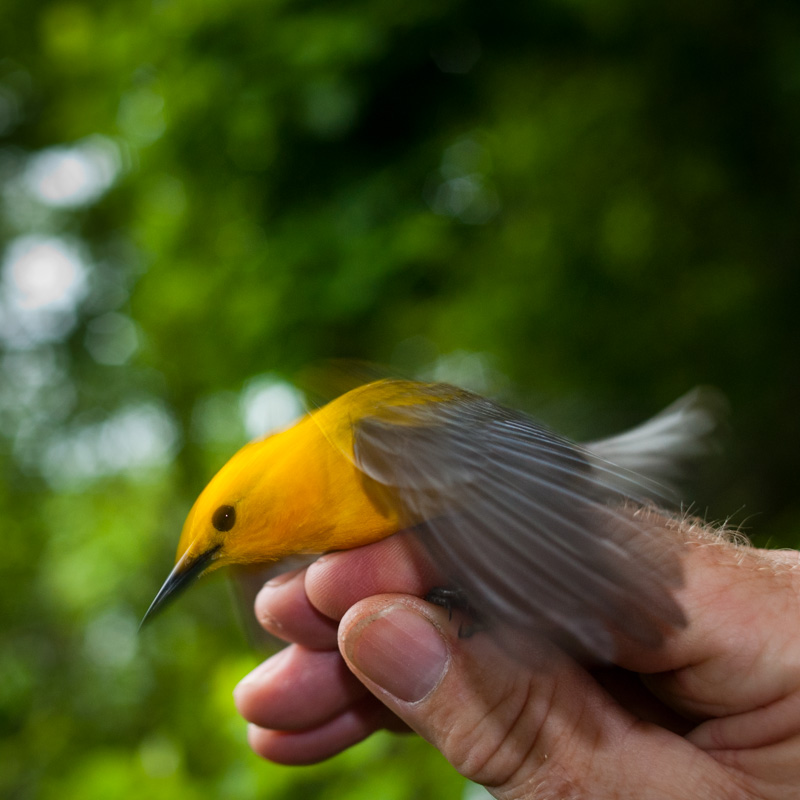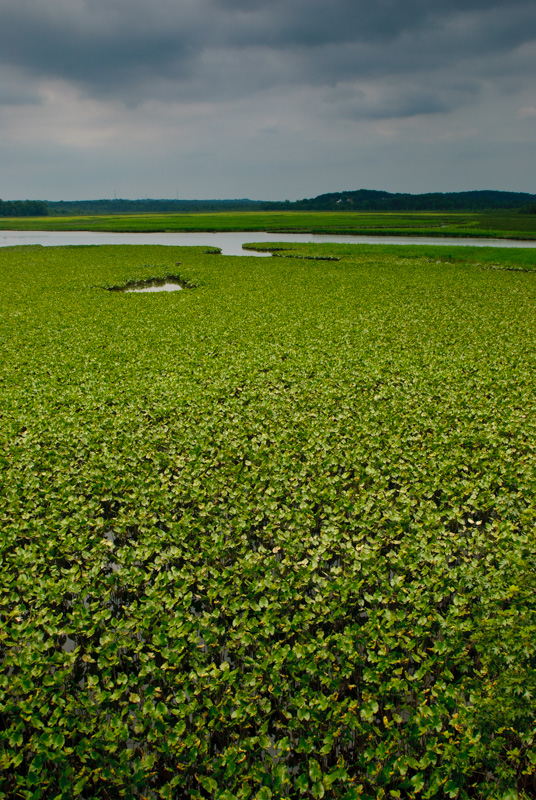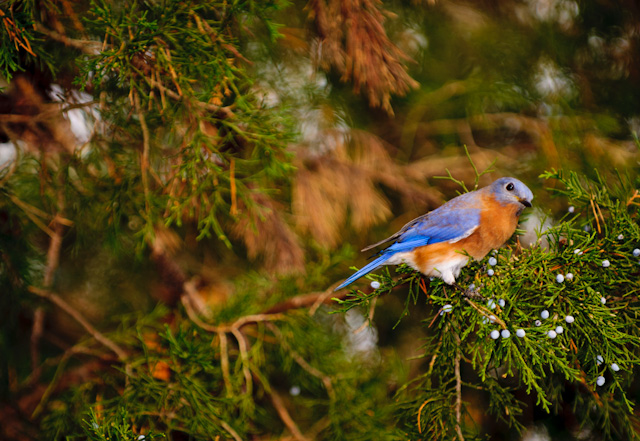From far above the river I saw this great blue heron standing still on the rocks below. It was right on the river’s edge, waiting patiently for a passing meal. I carefully made my way down over fallen tree limbs and loose rocks. As I got closer I would stop occasionally and make a few photographs. After about five minutes I’d edge myself closer and wait and shoot some more. Then scoot a little closer still. I eventually got myself into a good position about 15 to 20 feet away.
From the moment I first saw the heron I imagined a photo of a good size fish struggling in that stiletto beak. I waited over an hour, sitting uncomfortably on solid rock, hoping for the bird to snag a catfish or bass from the water. There were several attempts, yet each came up empty. From my perch above I could see the occasional shadow of a fish swim by, but the heron either didn’t see it or it was too far out of reach to even try.
At one point another heron landed nearby. It was apparently just a little too close for comfort and this one chased it off. Then as it made its way back to its fishing spot I made this shot. Ultimately, other obligations made it impossible to stay any longer so I never got the fish-in-beak shot. But I’ll be back. And so will the herons. I’ll get the shot. Just going to take some patience.
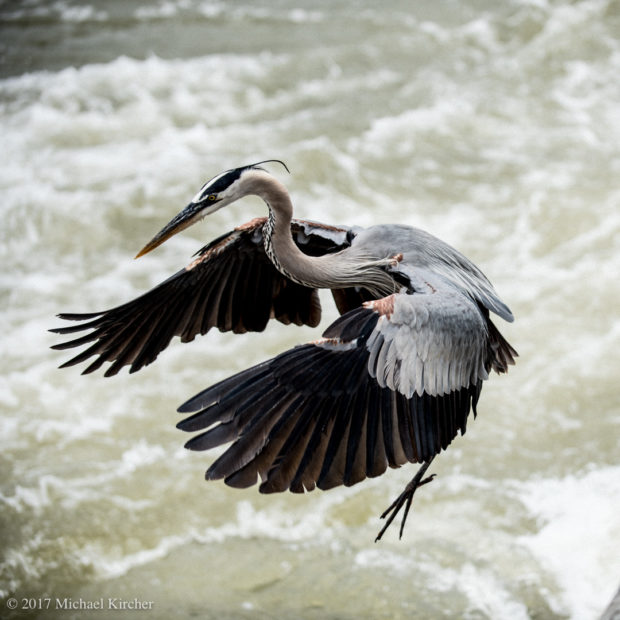
Sometimes the image you hoped for doesn’t materialize.
But that shouldn’t mean you come away with nothing.
